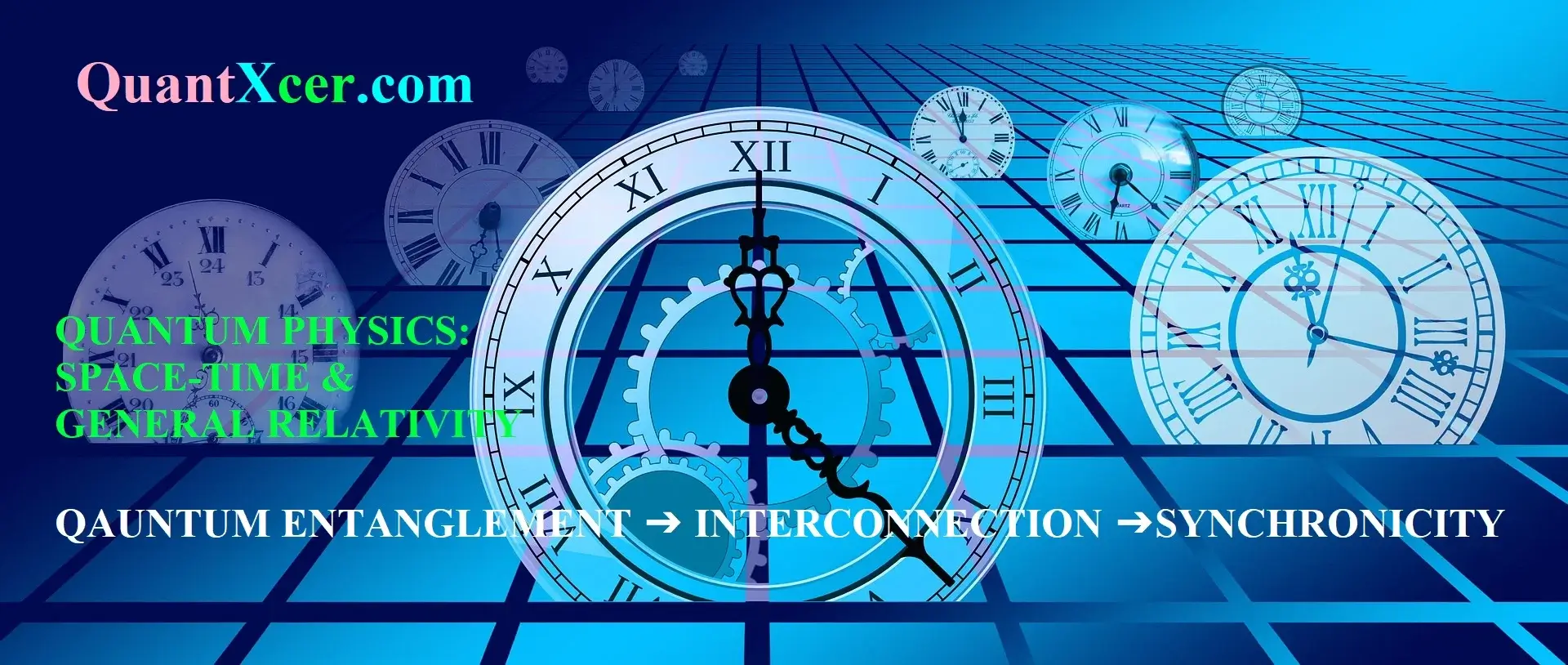Particle Accelerators And Colliders - Some Key Novelties In Accelerator Technology
Outline:
Accelerators are devices that may repel charged particles such as protons and electrons near the speed of light. The charged particles are collided either on targets or towards other particles in the opposite directions. Accelerators utilize electromagnetic fields to accelerate the charged particles, and radio-frequency cavities increase the particle beams as magnet in accelerators focus the beams and curves to their trajectory. There are significant properties of an accelerator according to the aim of usage, e.g., the energy of collisions and type of particles. Therefore, the number of accelerators in operation around the world exceed 30,000. It is obvious that the need of understanding the nature and determination of nature’s laws in the subatomic dimension have been provided by accelerators especially in particle physics, because the developments in particle accelerators and particle detectors ensure attractive opportunities for great scientific advances.

In addition to researches in physics, the particle accelerators are used by commercial purposes, some of which are the production of radioactive sources in cancer treatment and medical imaging, sterilizing in medical hardware and food, energetic radioisotope production, production of semiconductors for electronic systems, etc..
For those purposes, different accelerators as linear and circular types are available all over the world. A linear accelerator (linac) includes merely accelerating structures as the charged particles do not need to be rotated, and linacs exclusively utilize from one acceleration pass. This situation leads to increasing the length of the accelerator to reach high-energy levels. To accelerate the ions, linacs have an accelerating tube including a number of electrodes, where a high-frequency alternating voltage and ions are accelerated in the gap between the electrodes in suitable voltage , for example, Stanford Linear Accelerator (SLAC), which is a 3.2-km-long electron-positron collider , and the proton accelerator with 800 MeV in the Los Alamos Neutron Science Center (LANSCE) as shown in Images 1 and 2.

Image 1. Stanford linear accelerator (SLAC) at Stanford University .

Image 2. The structure of a linac at the Los Alamos Neutron Science Center (LANSCE) .
On the other hand, the particles in circular accelerators rotate the same circuit to reach energy range that are wanted due to getting an energy boost at each turn. However, to keep particles in their circular orbit, powerful magnetic field must be provided by device such as cyclotron and synchrotron. Cyclotrons are the well-known and the most successful accelerators. They accelerate the ions by a radio-frequency (RF) electrical field and have a magnetic field to constrain the ions to move in spiral path. The cyclotrons are used in nuclear medicine and radioisotope productions (image 3) .

Image 3. The sections of a cyclotron structure .
The ion energies accelerated in cyclotron do not reach high-energy levels and do not have suitable structure to collide two particles. However, a synchrotron can explore higher and higher energies and can become larger and larger because the radius of an accelerator is connected to the energy, feasibility, and cost. The synchrotrons may overcome the energy limitations of cyclotrons. The acceleration in the synchrotrons is performed by a RF oscillator . The most powerful synchrotron in the world is Large Hadron Collider (LHC), which is a collider accelerator creating center-of-mass energies of 13 TeV, in the European Organization for Nuclear Research (CERN). Colliders that can accelerate two ions and cause them to collide head on are particle accelerators. LHC and many particle accelerators in the CERN are presented in Image 4 as well as using particle types .

Image 4. An overview of LHC and the other accelerators at CERN and particle types used in accelerators .
In addition to LHC, the Future Circular Collider (FCC) in the CERN which was started in 2013 includes the design of a high-luminosity e+e− collider (FCC-ee) which is a possible first step, as well as a proton-electron collision option (FCC-he). The time lines of developing FCC and LHC circular colliders at CERN are demonstrated in Image 5 .

Image 5. The past, present, and future colliders and their design studies based on time .
Additionally, new accelerator types in the design and construction of a new multipurpose research plant have been built by various countries, one of which is Belgian Nuclear Research Center (SCK.CEN) in Mol, Belgium, where the

Image 6. MYRRHA reactor and sections at SCK.CEN .
MYRRHA is constructed in three phases (Image 7). The first phase is the design and construction of the first linac section (up to 100 MeV) which is scheduled for completion in 2026. The second phase is the extension of the 100 MeV linac to 600 MeV up to 2033, where the linac will be approximately 400 m long. The third phase is the construction of the reactor, and the reactor is scheduled to be commissioned in 2036. Furthermore, the project involves the proton target facility (PTF) and the fusion target station (FTS) sections .

Image 7. MYRRHA’s three phases at SCK.CEN .
